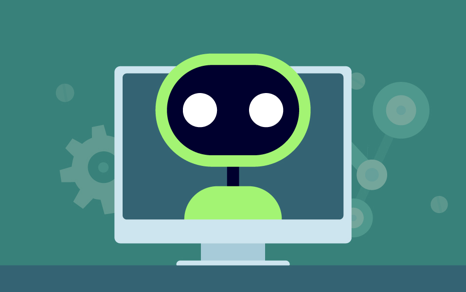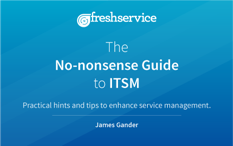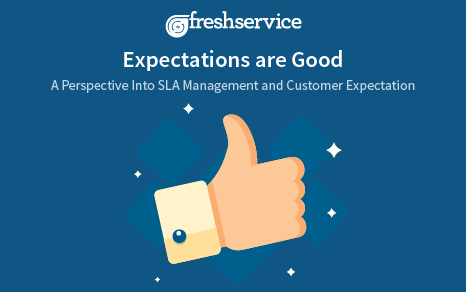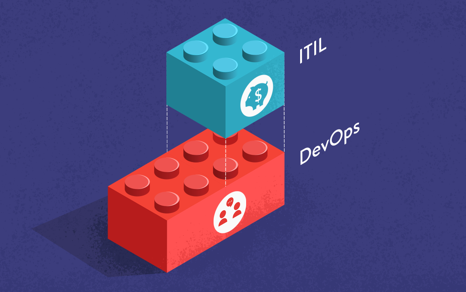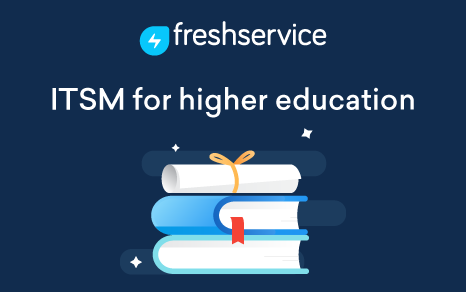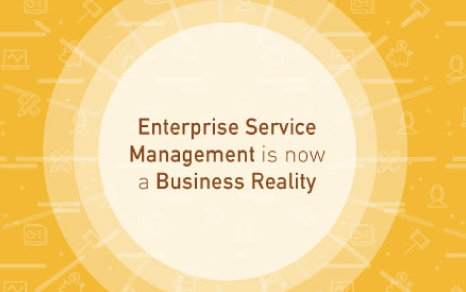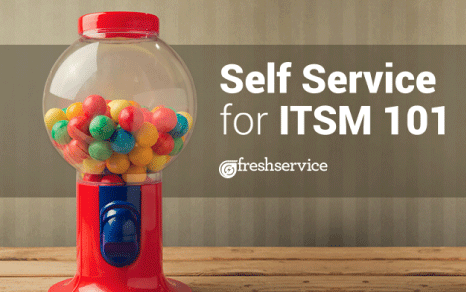What is the Difference Between an IT Service Desk and a Helpdesk or Call Center?
Companies often use the terms “call center”, “helpdesk” and “service desk” interchangeably which can lead to some confusion. ITIL regards call centers and help desks as limited kinds of service desks, offering only a portion of what a service desk offers. With ITIL taking a service centric perspective and focusing on IT, this makes sense. For many companies, the ITIL definition doesn’t align with operational practices making the distinction is much more complicated. Here are explanations of the helpdesk and contact center functions to help in providing contrast with an IT Service desk.
Helpdesk
A help desk is a resource intended to provide the customer or internal user with information and support related to a company's processes, products and services. The purpose of a help desk is to provide a centralized resource to answer questions, troubleshoot problems and facilitate solutions to known problems. Common examples of help-desks include: Technical Support centers, Product Support https://www.freshworks.com/freshservice/Warranty/ functions, Employee Benefits desks and facilities service centers. Helpdesk support may be provided through various channels including physical locations, toll-free numbers, websites, instant messaging, or email.
Call Center
A call center or contact center is a central point for managing customer contacts and interactions. office tasked with handling a large volume of requests typically by telephone (but could include letters, faxes, social media, instant message or email as well). Inbound call centers are often use for things like product support, customer service, order processing and 24/7 phone services. Outbound call centers are use for things like telemarketing, debt collection and market research. A company may have multiple call centers supporting different parts of business operations (including IT) and they may either be managed in-house or through a 3rd party agency.


